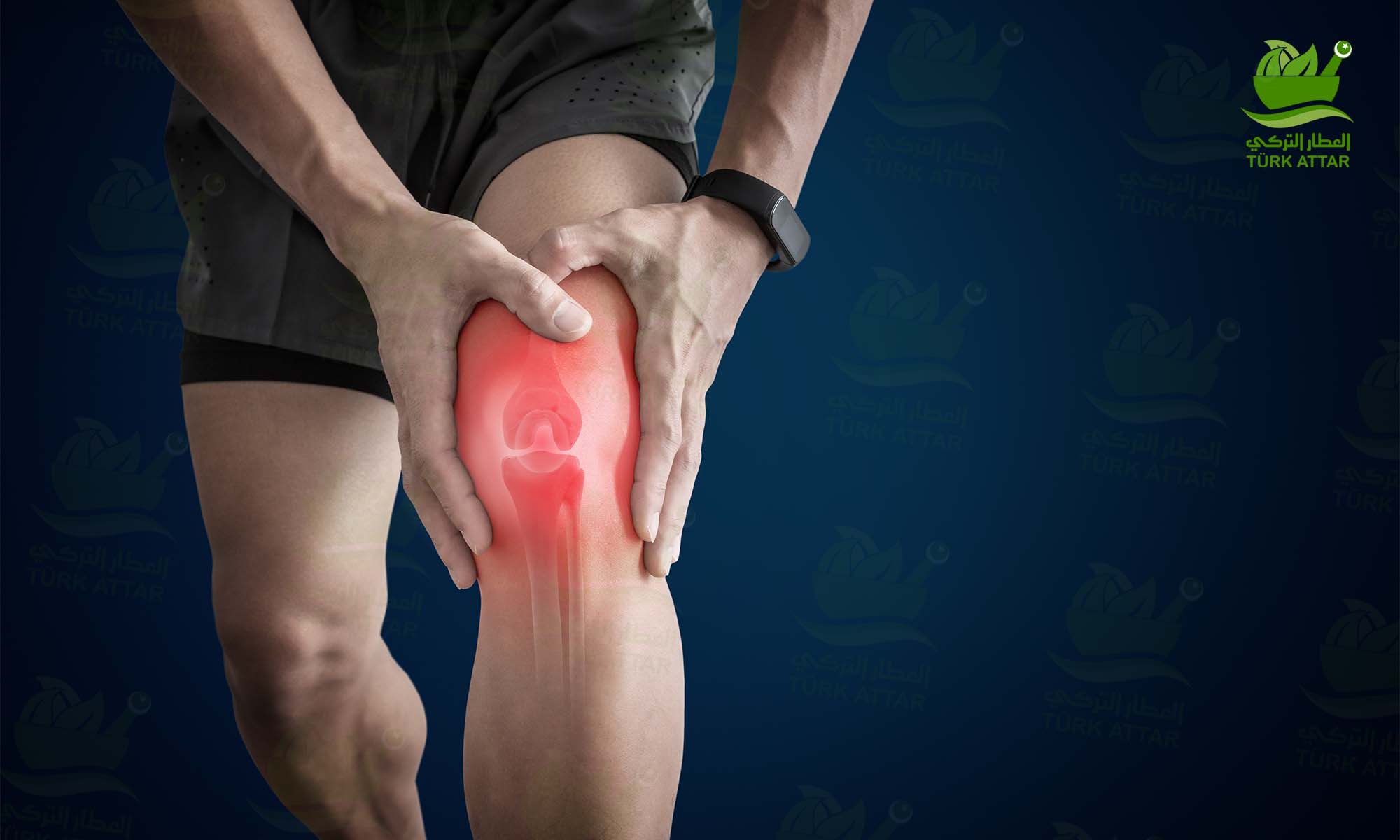
in the knee; There are two menisci, one on the inside (medial meniscus) and one on the outside (lateral meniscus). These structures provide ease of movement in the knees, which are one of the most mobile joints of the body, increase the contact surfaces of the shin and thigh bones, allowing the body weight on the bones to be distributed in a balanced way. In addition, it absorbs the shock force that occurs in the knee area as a result of a sudden impact and allows the knee fluid to spread to the joint cartilages.
Meniscus Tears
Meniscus tear can happen to many people, especially athletes. Such as those who carry heavy loads, those who are constantly on their feet, housewives who deal with household chores, and the elderly…
Since the medial meniscus is more immobile, more tears occur. Lateral meniscus tears are more common in acute injuries that cause anterior cruciate ligament tear. Medial meniscus posterior horn tears are more common in elderly patients.
What Are the Symptoms of a Meniscus Tear?
The first symptom of a meniscus tear is pain. Pain usually manifests itself in knee-breaking movements such as going up and down stairs, using the toilet and praying. Depending on the size of the tear, complaints such as locking in the knees, tripping, clicking sound and swelling are accompanied. Some patients may complain of pain while descending stairs.
Pain when pressing on the joint line on the injured meniscus side is the most sensitive examination finding. During the examination, fluid may be seen in the joints. Tests such as Mc Murray, Apley can be used in the examination.
In patients who are examined, if there is a meniscus tear and accompanying additional injury, MRI is requested for detection.

11 Comment(s)
1
1
1
1
1
1
1
1
1
1
1
1
1
1
1
1
1
1
1
1
1
1
1
1
1
1
1
1
1
1
1
1
1
1
1
1
Leave a Comment